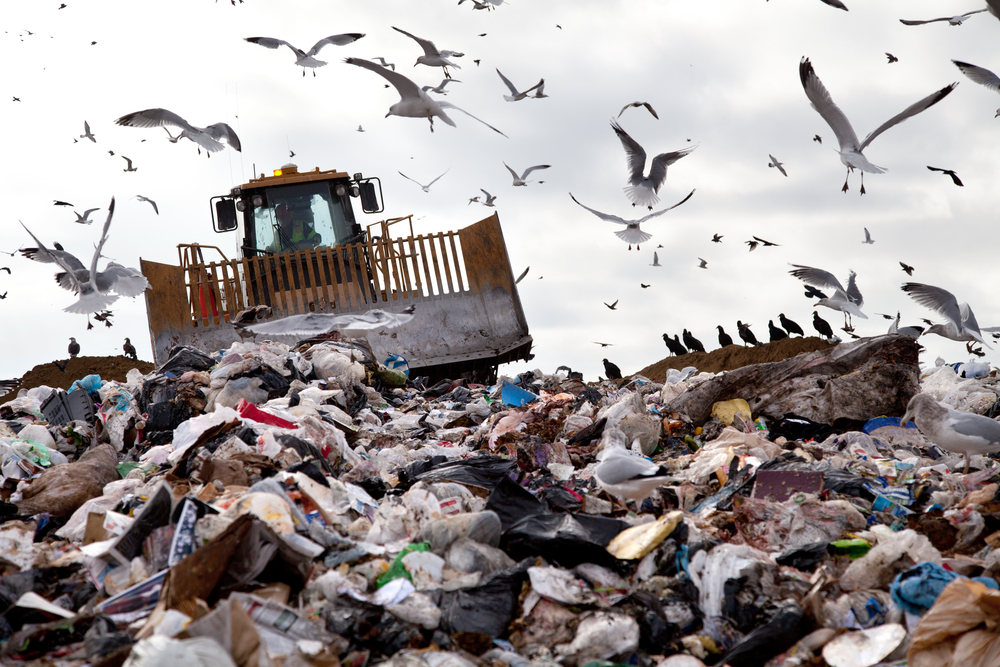
Did you ever stop to think just how much waste humans make every day?
According to the Environmental Protection Agency, the average American produces about 4.4 pounds (2 kg) of garbage a day, or a total of 29 pounds (13 kg) per week and 1,600 pounds (726 kg) a year. This only takes into consideration the average household member and does not count industrial waste or commercial trash. If this sounds like a staggering number, you would be surprised to know that Americans are not the number one producers of garbage in the world. In Mexico, the average household produces 30 percent more garbage than in America.
While the numbers may be difficult to grasp, consider this: with the garbage produced in America alone, you could form a line of filled-up garbage trucks and reach the moon. Or cover the state of Texas two and a half times. Or bury more than 990,000 football fields under six-foot high (1.8 meter high) piles of waste. According to WM Recycle America, LLC, Americans alone throw away enough aluminum to duplicate the full commercial air fleet of the US.
So how is it that so much garbage is produced? Most of the stuff that fills the landfills is packaging, especially in the form of fast-food containers, but office paper, disposable diapers, Styrofoam inserts, and plain plastic bags also contribute an important percentage to the total waste production of the country. In fact, paper waste makes for about 35 percent of the total material filling up landfills. Considering that most of this paper could be recycled, much of the waste problem is easily avoidable.
Recycling is a big part of the solution to the garbage problem. Newspapers, aluminum containers, and certain plastics can be recycled to reuse in a different form, thus saving space in landfills. Another way to help with the waste problem is to reduce the amount of garbage you produce. This can be done by buying less, buying things in smaller packaging, and simply reusing what you have. You can also buy used, which means you do not produce additional waste because you do not have to discard any more packaging. Donating things you do not longer want also helps. Rather than going to landfills, second-hand clothing, electronic equipment, and even furniture can be passed on to others to extend their usable life.
What do you do to reduce the amount of garbage you put out every day? Everyone’s looking for new solutions, so let us know!